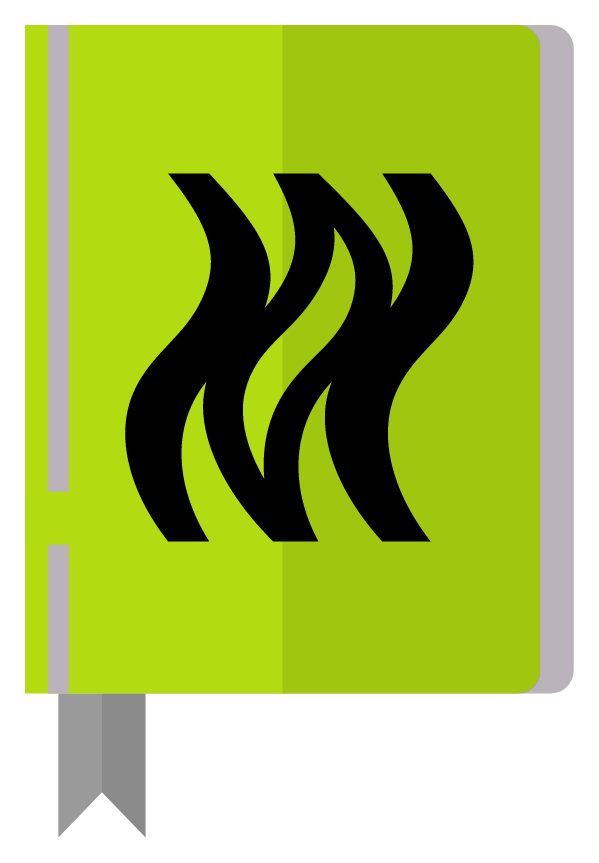Appearance
Project Structure
Our project follows a well-organized and modular structure that promotes maintainability, scalability, and testability. In this section, we will outline the key aspects of the project structure and explain the purpose of each directory.
Overview
The project structure is organized as follows:
project/
├── dist/
├── docs/
│ ├── c4
│ │ └── ...
│ └── erd
│ │ └── ...
├── node_modules/
├── src/
│ ├── entrypoints/
│ │ └── ...
│ ├── modules/
│ │ └── ...
│ ├── sql/
│ │ └── ...
│ ├── utils/
│ │ └── ...
│ ├── app.module.ts
├── test/
│ ├── expect/
│ │ └── ...
│ ├── seeders/
│ │ └── ...
│ ├── setup/
│ │ └── ...
│ ├── utils/
│ │ └── ...
├── .dockerignore
├── .env
├── .env.test
├── .gitignore
├── docker-compose.yaml
├── Dockerfile
├── eslint.config.js
├── nest-cli.json
├── package.json
├── pnpm-lock.yaml
├── README.md
└── tsconfig.jsondist
The dist directory contains the compiled JavaScript files generated from the TypeScript source code. These files are used for deployment and production builds.
docs
The docs directory houses the technical documentation of the application. Like a C4 and ERD model.
node_modules
The node_modules directory contains the dependencies required by the project. These dependencies are installed and managed using a package manager, such as npm or pnpm.
src
The src directory is at the heart of the application, containing the source code and various modules that make up the project. It follows a modular and scalable approach, allowing for easy maintenance and extension of the codebase.
entrypoints
The entrypoints directory is responsible for defining the application's main entry points, such as the API server and worker processes. These entry points are used to start the application and connect it to the required services.
modules
The Modules directory holds the individual application modules, which are organized into separate subdirectories based on their functionality. Each component typically includes controllers, commands, middlewares, models, repositories, routers, services, tests, and transformers. This structure encourages a clear separation of concerns, ensuring that each part of the component is responsible for a specific aspect of its functionality.
sql
In the sql directory, you can find migrations and datasource files for the database.
utils
We try to avoid using this directory, but if we need to store some utility functions, we will put them here.
test
The test directory holds general code for testing the application like additional expect functions, an abstract seeder class and helper functions.
Configuration Files and Environment Variables
The .env and .env.test files contain environment-specific configurations and secrets, such as database connection strings and API keys. The eslint.config.js file configures the linting rules for the project, while the tsconfig.json file sets up the TypeScript compiler options.
CI/CD, Docker, and Testing
The .githyb directory configures the continuous integration and deployment pipeline for the project. The docker-compose.yaml and Dockerfile files are used to create and manage Docker containers for the application.
Package Management and Documentation
The package.json file manages the project's dependencies, scripts, and metadata. The pnpm-lock.yaml file locks the dependency versions to ensure consistent installations across environments. The README.md file serves as an introduction and documentation for the project.
The project structure follows best practices for backend development, providing a clean separation of concerns and ensuring a maintainable, scalable, and reliable codebase.
